Biological indicators for assessing hydropower and climate change impact
Climate change is a complex phenomenon that influence the physical, chemical and biological features of the ecosystems. Aquatic ecosystems react by changing hydrological patterns (temperature, evaporation, current velocity, sedimentation) and these responses are likely to be mixed with responses of land-use and hydropower plant impact. Biological responses to climate change are likely to affect water quality standards and biological criteria by changing baseline conditions. In the simplest version (excluding molecular methods), the following biological indicators of freshwater macrozoobenthos are important when considering the impact of hydropower and climate change on freshwater ecosystems:
1) Shifts in community composition. The number of populations of amphiotic insects and primary aquatic animals is significantly dependent on seasonal weather conditions. Therefore, in order to make an actual comparison of data on the current state of communities, it requires at least 2 years of seasonal observations.
2) Shifts in functional responses (composition of characters) of taxa to climate change. An increase in water temperature, in turn, leads to a decrease in the oxygen content, a change in the concentration of other soluble substances, and a change in the sedimentation structure. As a result, the most vulnerable species disappear, while the detritophogids capable of living are flourishing. As an overall, there is a loss of biodiversity and a simplification of the community.
3) Changes in phenology and life cycle duration. A number of studies have shown a shortening of the life cycle and a change in the timing of the mass emergence of amphibiotic insects.
4) Invasions of alien species. Changes in the temperature regime of the reservoir can make it more accessible for the penetration of alien species.
All of the above indicators can be applied to the macrozoobenthos of the Dniester River. Biological invasions in the Dniester basin are mainly associated with ornamental or deliberately introduced species, as well as with species that penetrate here from the secondary range through natural dispersal. At the moment, the occurrence of the following invasive species is quite high: Ferrissia californica (Rowell, 1863), Macrobrachium nipponense (de Haan, 1849), Physella acuta (Draparnaud, 1805), Dreissena bugensis Andrusov, 1897, Potamopyrgus antipodarum (J.E. Gray, 1853).
Svetlana Kovalishina, Coordinator of BSB project, Ukrainian Scientific Center of Ecology of the Sea




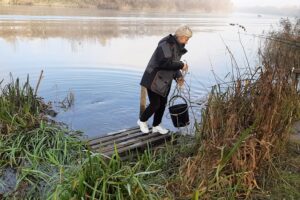
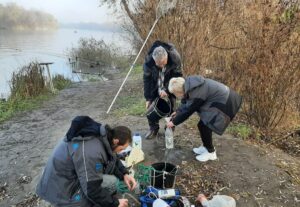

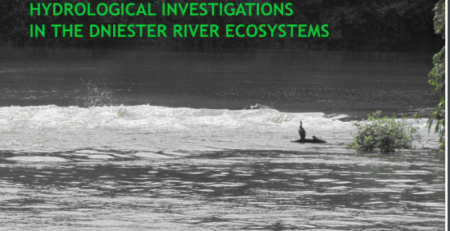

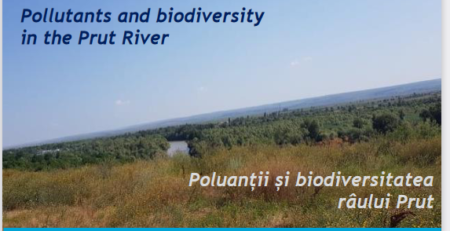

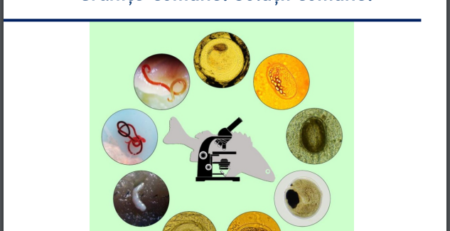

Leave a Reply
You must be logged in to post a comment.